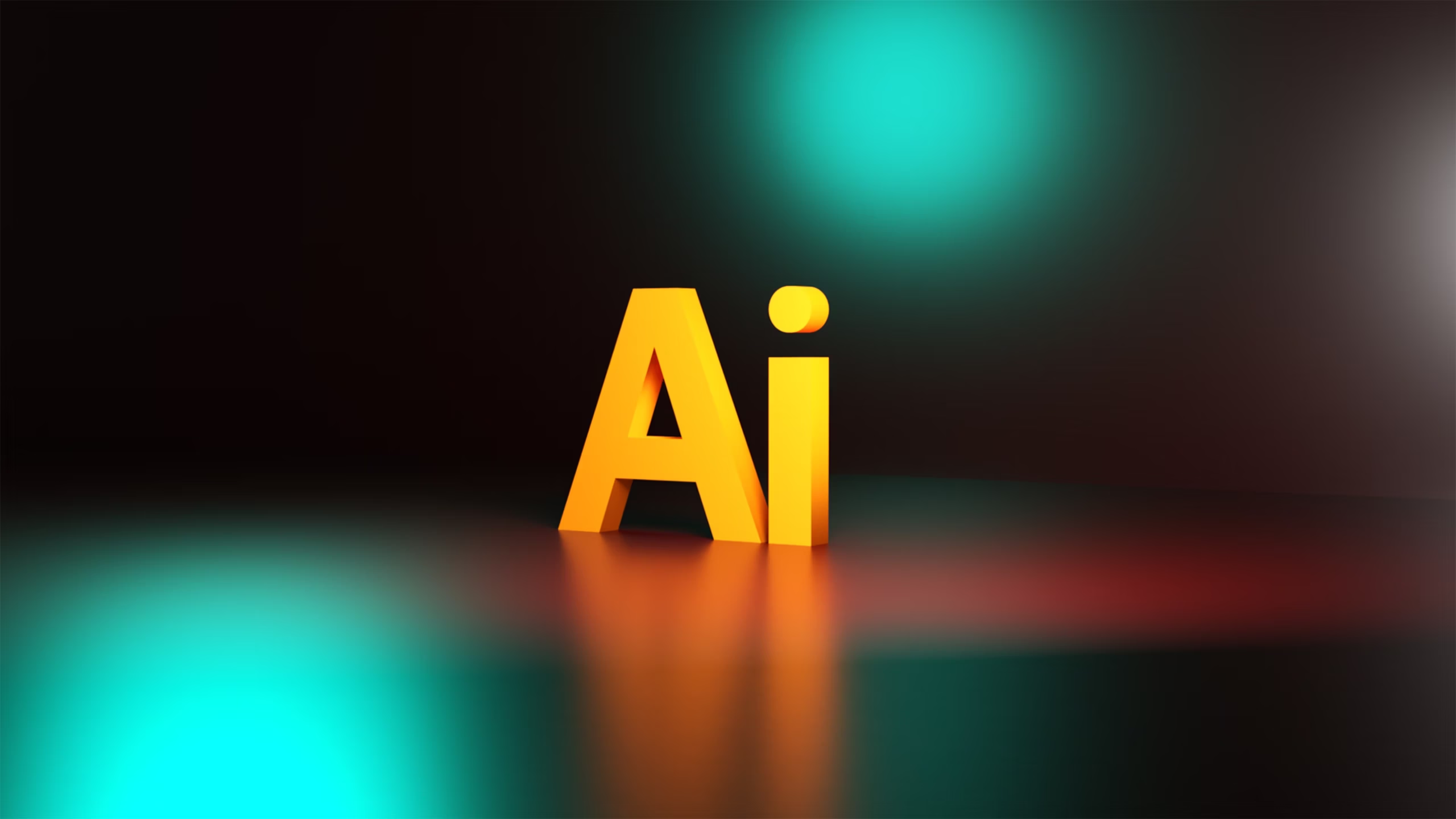CE6F8C • April 16, 2025
India’s Education Sector Shows Minimal AI Integration Despite Growing Global Momentum
The Signal
As the education sector in India grapples with integrating artificial intelligence (AI), the current landscape reveals a startling trend—only 3% of institutions have adopted AI initiatives. This stasis raises critical questions about the future of learning in a technology-driven world. In this Pulse, we delve into the challenges and opportunities surrounding AI integration in education, highlighting insights from our recent research. Join us as we explore the factors impeding progress and what lies ahead for educational institutions in India.
How We Found It
The insights presented here originated from a comprehensive study conducted by Chitrangana’s team, led by Principal Consultant Mr. Vishal Shah. Between January and March 2025, we interviewed stakeholders across various educational institutions—schools, colleges, and universities. What became evident was a shared struggle: despite the immense potential of AI, a mere 3% of these institutions have managed to incorporate AI into their frameworks. The findings suggest a reliance on existing IT teams, whose expertise is often limited to using AI tools like ChatGPT or Grok, rather than pursuing deeper integration. This narrative reflects a broader trend we observed across our client engagements, where enthusiasm for AI remains overshadowed by hesitation and a lack of strategic vision.
Patterns Emerging
Strategic Note
As the landscape of education evolves, the integration of artificial intelligence (AI) remains a focal point of exploration and challenge. Despite the clear advantages AI can offer—enhanced learning experiences, personalized education pathways, and administrative efficiencies—the actual adoption within Indian educational institutions paints a concerning picture. Our research indicates that by March 2025, only 3% of educational entities have taken meaningful steps to incorporate AI beyond basic applications. This stagnation is not merely a reflection of technological limitations; it is rooted in a broader hesitance to embrace transformative change. Stakeholders are often confined to using AI tools like ChatGPT or Grok for rudimentary tasks, lacking the vision or capability to integrate AI into their core operations. This reliance on outdated methods not only hinders progress but also stifles innovation within the educational sector. The 8% of organizations that are currently brainstorming AI integration strategies represent a flicker of hope. However, without a significant shift in mindset and skill development, these efforts may not translate into effective implementation. Moving forward, educational institutions must invest in training their personnel, enhancing awareness of AI capabilities, and fostering an environment that encourages experimentation and exploration beyond conventional uses. The future of education in India hinges on this ability to adapt and evolve.
Ready to explore what’s next : Schedule a Discussion
The Strategic Impact
Looking ahead, if current trends persist, by 2030, the integration of AI in Indian education could remain stagnant, potentially leaving 70% of institutions without meaningful advancements. However, those that embrace AI innovation stand to redefine learning experiences and operational efficiencies, shaping a more responsive and adaptive educational landscape.
Read Detail Insights




